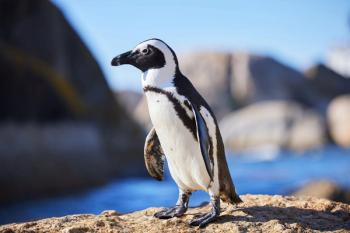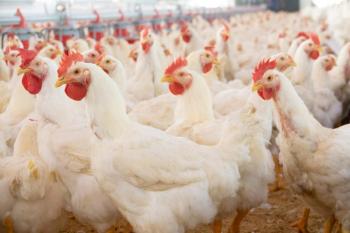
Helping fish flourish: Environmental enrichment for aquatic species
Fish aren't your typical veterinary patient, but some clients may have questions about their care. Be ready to answer!
GETTY IMAGES
Recent research has dispelled the myth that fish and other aquatic species do not feel pain or experience stress. Not only do they demonstrate physiologic and behavioral responses to fear and stress, we now know that they are even capable of forming long-term memories.1-4
Given this information, the authors of this article discuss methods of providing environmental enrichment for aquatic species to alleviate stress in various settings including home hobby aquariums, backyard ponds and public educational aquariums. They discuss application of the five freedoms of welfare that are used in designing programs for terrestrial animals and how these can be applied to aquatic species in captivity as well. These freedoms include:
- Freedom from hunger and thirst
- Freedom from discomfort
- Freedom from pain, injury or disease
- Freedom to express normal behavior
- Freedom from fear and distress
In general, the authors note that integration of these freedoms into aquatic animal care will involve good husbandry practices including special attention to nutrition, housing, temperature, lighting and water quality. The needs of these species in all of these aspects vary greatly; there is no “one size fits all” approach to their care.
Fish fare
Not only is there great variation in what aquatic species eat, but the way that they eat it (e.g. scavenging vs. foraging vs. hunting) varies among species and needs to be considered when designing the ideal captive environment. Some animals will benefit from the use of puzzle feeders or sinking feeders, while others will require live prey.
New aquatic acquaintances
Acquiring new animals poses a unique housing challenge because of the need for a quarantine period, according to the authors. They discuss several tips for alleviating the stress of quarantine such as allowing for an acclimatization period before initiating prophylactic medications, providing PVC pipe for hiding, as well as maintaining strict water quality and temperature.
The authors also recommend that newborns be separated immediately from adults since infanticide is common among many aquatic species in captivity. In addition, newborns will benefit from being provided live food as the mortality rate is higher among newborns that are fed dry food alone.
Piscine premises
Natural lighting is also a critical aspect to any environmental enrichment scheme and will need to be determined based on the tank size and the species on display. Varying intensity and wavelength should be considered and, if possible, programmed to reflect seasonal changes. Furnishings may also need to be varied based on seasonal changes to provide the animals new places to hide, hunt, mate and explore.
Marine drills
In an effort to decrease the stressful effects of medical procedures, the authors recommend “target training” aquatic species. This entails training the animal to come to a specific colored object, light or panel that is not routinely kept in the enclosure and then offering a food reward when contact with the target is made. The training allows for less stress for medical interventions, weight checks or transport.
Conclusion
The overall goal of any environmental enrichment practices is to encourage natural behavior. While this has to be balanced against the logistics of living in a captive environment, every effort should be made to fulfill the requirements of each specific species. By applying the basic tenets of animal welfare to aquatic species, “enrichment programs are designed to decrease stress, increase natural behaviors, and by decreasing stress, decrease injury and disease.”
Corcoran M. Environmental enrichment for aquatic animals. Vet Clin North Am Exot Anim Pract 2015;18(2):305-321.
Link to abstract:
References
1. Rose JD. The neurobehavioral nature of fishes and the question of awareness and pain. Rev Fish Sci 2002;10:1-38.
2. Chandroo KP, Yue S, Moccia RD. An evaluation of current perspectives on consciousness and pain in fishes. Fish Fish 2004;5:281-295.
3. Chandroo KP, Duncan IJ, Moccia RD. Can fish suffer? Perspectives on sentience, pain, fear, and stress. Appl Anim Behav Sci 2004;86:225-250.
4. Braithwaite VA, Boulcott P. Pain perception, aversion and fear in fish. Dis Aquat Org 2007;75:131-138.
Newsletter
From exam room tips to practice management insights, get trusted veterinary news delivered straight to your inbox—subscribe to dvm360.






